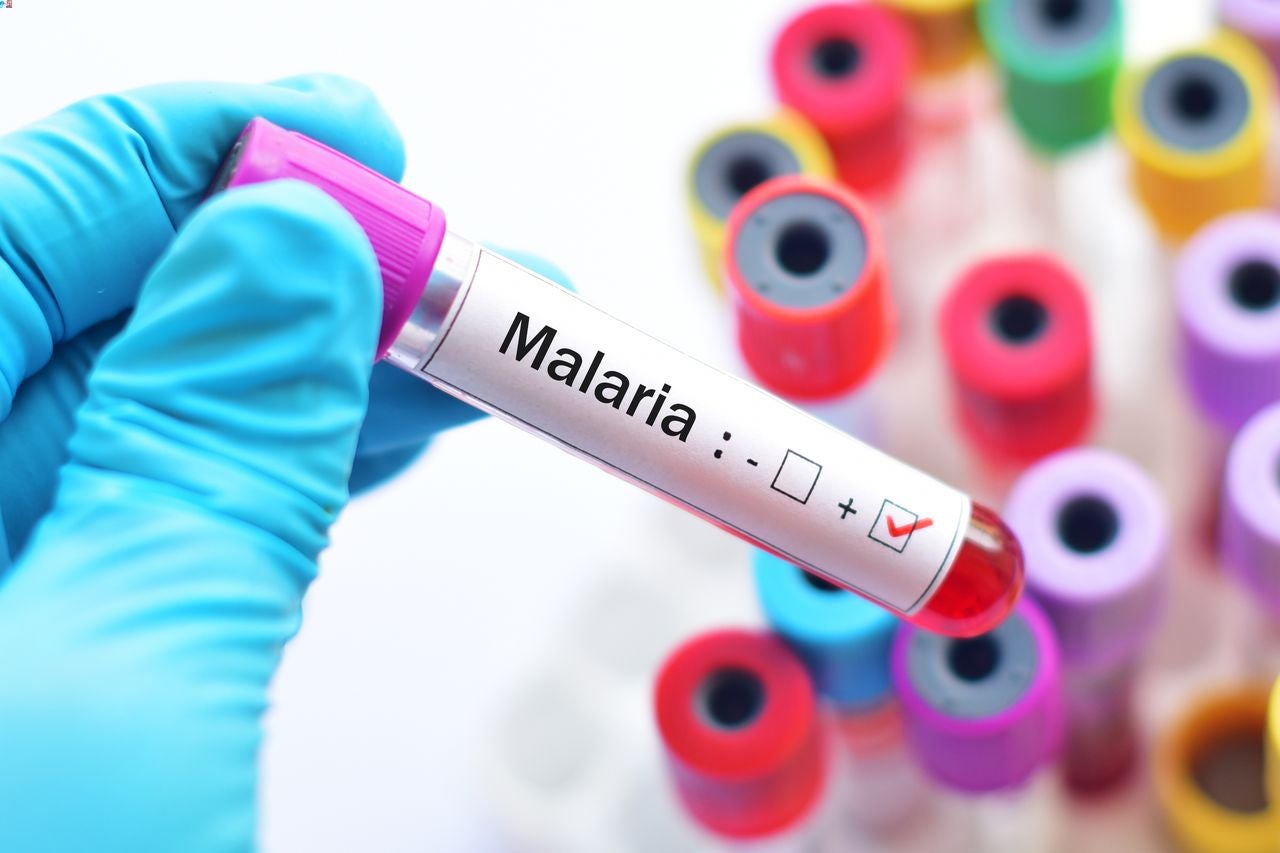World Malaria Day is commemorated on April 25 every year to recognise global efforts to eradicate malaria and increase public awareness of the disease. A parasitic infection spread by the bites of mosquitoes infected with the Plasmodium parasite, malaria often results in a fever and flu-like symptoms and can be fatal if it is not treated quickly. Malaria may be caused by one of several Plasmodium species, with Plasmodium falciparum and Plasmodium vivax being the two most prominent strains. In 2021, the World Health Organization (WHO) reported an estimated 247 million cases of malaria globally leading to 619,000 deaths. In the African region specifically, the majority of these deaths occur in children under five years old.
The theme for World Malaria Day 2023 is “Time to Deliver Zero Malaria: Invest, Innovate, Implement.” This goal of delivering “zero malaria” faces many challenges, particularly considering the epidemiological diversity of the disease. Malaria often manifests in populations who reside in isolated, difficult-to-reach areas such as Papua New Guinea and the Solomon Islands, or among populations who are highly mobile, which poses challenges for implementing prevention strategies, as well as diagnosing and treating these populations. The WHO is attempting to address these challenges by employing a combination of clinical strategies in countries in affected areas such as targeted drug administration, fever screening, and treatment.
While many challenges remain, a revolutionary development in this field has come about in recent years due to the approval of the world’s first malaria vaccine, GSK’s Mosquirix. This P. falciparum-targeting vaccine was developed to lower the disease’s prevalence in children, primarily those under the age of five. The P. falciparum and hepatitis B proteins are fragments that are bonded together to form the vaccine, which is given in four doses. In October 2021, the WHO recommended the broad use of the vaccine among children living in regions with moderate to high P. falciparum malaria transmission. Mosquirix has the potential to significantly reduce malarial disease throughout these regions. In fact, a study from the London School of Hygiene & Tropical Medicine found that children who received the vaccine plus antimalarial medications concurrently experienced a 70% reduction in hospitalisation and mortality. The vaccine is expected to save one life for every 200 children who receive it.
Another vaccine, R-21/ Matrix-M, developed by the University of Oxford and manufactured by the Serum Institute of India (SII), received regulatory clearance for use in Ghana and Nigeria earlier this month. R-21 acts by inducing an immune response to the circumsporozoite protein and the vaccine is made up of this protein fused with hepatitis B, similar to Mosquirix’s structure. The University of Oxford reported, following a Phase IIb trial of R21/Matrix-M, that the administration of a booster dose of this vaccine following the initial three-dose course showed a continued high efficacy against malaria. This was the first vaccine to meet the WHO’s Malaria Vaccine Technology Roadmap goal of a vaccine with at least 75% efficacy.
Furthermore, there are around 90 other prophylactic vaccines in development for malaria according to GlobalData’s pipeline product database. Another vaccine candidate of interest is Sanaria’s PfSPZ-CVac, which is in Phase II development. The PfSPZ-CVac vaccine is being developed to block malaria infection by targeting sporozoites. Sporozoites mainly express circumsporozoite on their surface. One study demonstrated 77% efficacy amongst 13 malaria-naïve trial participants who were vaccinated with a three-dose course of PfSPZ-CVac. These subjects were protected for at least 12 weeks following vaccination when exposed to live malaria parasites of a distant genetic strain from that of the vaccine. According to Sanaria, this vaccine would be a good protective defense for travelers visiting malaria endemic regions.
In the effort to eradicate malaria, the emergence of the first prophylactic vaccines represented a significant advancement. However, there are still many challenges that remain in the way of the “zero malaria” goal. For example, P. vivax isthe second major cause of malaria, so the approval of a vaccine targeting this pathogen would be another major breakthrough. However, there are several obstacles associated with the development of a P. vivax vaccine including the pathogen’s particularly complex life cycle and its high genetic diversity. Consequently, few candidates have reached clinical development.

US Tariffs are shifting - will you react or anticipate?
Don’t let policy changes catch you off guard. Stay proactive with real-time data and expert analysis.
By GlobalData



